Home>Garden Essentials>How Do You Make The Greenery Around Volcanos
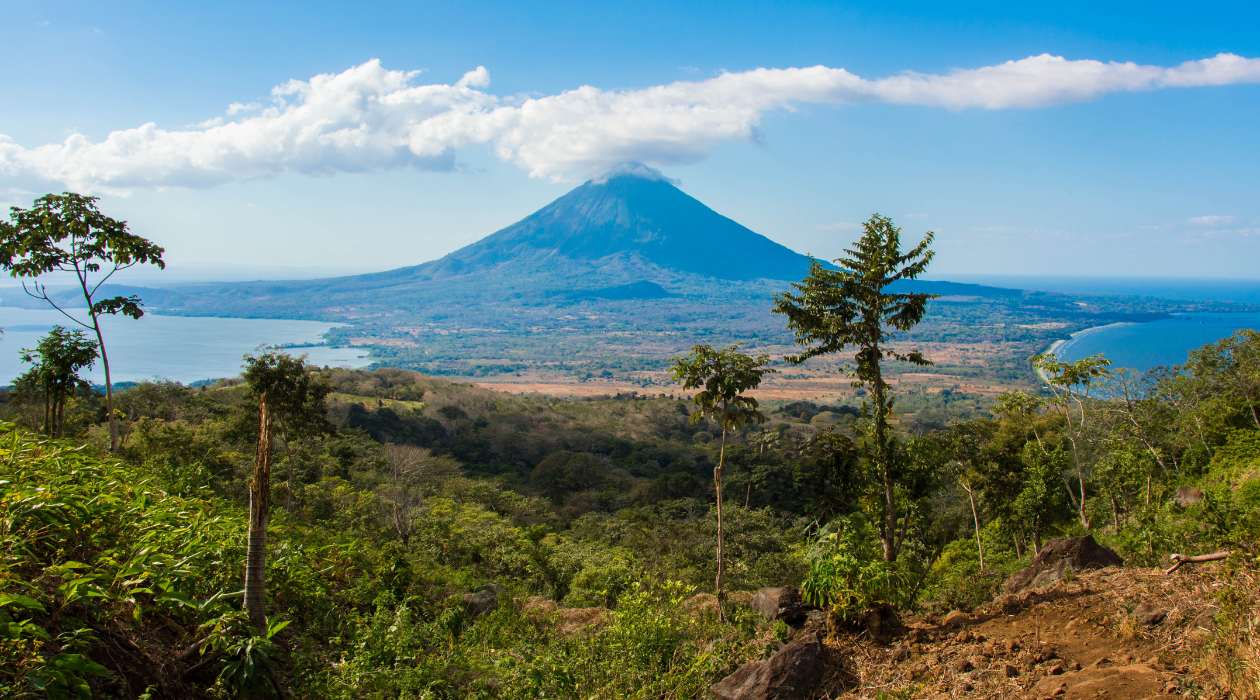

Garden Essentials
How Do You Make The Greenery Around Volcanos
Modified: March 7, 2024
Learn how to create stunning green spaces around volcanos with our expert gardening tips and techniques. Transform your garden into a lush oasis with our step-by-step guide.
(Many of the links in this article redirect to a specific reviewed product. Your purchase of these products through affiliate links helps to generate commission for Storables.com, at no extra cost. Learn more)
Introduction
Welcome to the captivating world of greenery around volcanoes. While the image of a volcano might conjure up visions of a desolate and barren landscape, the reality is quite the opposite. Volcanoes have a unique ability to support lush vegetation and diverse ecosystems, offering a striking contrast between fiery eruptions and vibrant plant life.
The presence of greenery around volcanoes is not only aesthetically pleasing but also holds immense ecological significance. From providing habitat for a wide range of species to contributing to local climate regulation, the plants around volcanoes play a crucial role in maintaining the delicate balance of nature.
Exploring the factors influencing the growth of greenery around volcanoes, the adaptation strategies of plants in these extreme environments, and the ongoing conservation efforts will allow us to gain a deeper understanding of the intricate relationship between volcanic activity and the surrounding vegetation.
In this article, we will delve into the importance of greenery around volcanoes, examine the factors affecting the growth of plants in these areas, explore the unique nature of volcanic soil, and discuss the adaptation strategies developed by plants to thrive in such extreme conditions.
Key Takeaways:
- Volcanic plant life is resilient, supporting diverse ecosystems and playing a crucial role in carbon sequestration and soil stabilization. Conservation efforts are vital for preserving these unique habitats and their ecological significance.
- Lava flows create new land and promote soil formation, facilitating the recovery and diversity of plant life around volcanoes. Understanding and protecting these ecosystems are essential for the long-term sustainability of volcanic regions.
Importance of Greenery around Volcanoes
The presence of greenery around volcanoes holds significant importance in various aspects of the ecosystem. Let’s explore some of the key reasons why the vegetation around volcanoes is crucial:
- Biodiversity: Volcanic regions are often considered biodiversity hotspots. The unique combination of volcanic soil, microclimates, and isolation from human interference creates ideal conditions for a wide array of plant and animal species to thrive. The lush greenery supports a diverse range of flora and provides food and shelter for countless animal species, fostering a delicate balance within the ecosystem.
- Carbon Sequestration: Volcanic plant life plays a crucial role in carbon sequestration, helping to mitigate the effects of climate change by absorbing carbon dioxide from the atmosphere. The dense vegetation acts as a natural carbon sink, helping to regulate the global carbon cycle and reduce the concentration of greenhouse gases.
- Erosion Control: The intricate root systems of plants around volcanoes help bind the soil, preventing erosion caused by heavy rainfall. Their presence is particularly important in volcanic regions where the loose ash and debris can easily be washed away by rainfall or carried by strong winds. The vegetation acts as a natural barrier, reducing soil erosion and preserving the integrity of the surrounding landscape.
- Water Regulation: The greenery around volcanoes plays a vital role in water regulation within the ecosystem. The dense root systems help to absorb and retain water, preventing it from quickly draining away and aiding in groundwater recharge. This, in turn, helps to maintain stable water levels in rivers, streams, and underground aquifers, ensuring a steady supply of water for both human and animal communities.
- Habitat Creation: The greenery around volcanoes provides essential habitat for a multitude of plant and animal species. From tall trees to low-lying shrubs, these diverse habitats support a wide range of life, providing nesting sites, food sources, and shelter for countless organisms. By protecting the greenery around volcanoes, we not only preserve these habitats but also safeguard the biodiversity that depends on them.
The importance of greenery around volcanoes cannot be overstated. It sustains delicate ecosystems, maintains the balance of nature, and provides numerous benefits to both the environment and local communities. Recognizing and preserving the importance of these ecosystems is crucial for the long-term health and sustainability of our planet.
Factors Affecting Greenery around Volcanoes
Despite the harsh and unpredictable nature of volcanic environments, various factors affect the growth and development of greenery in these areas. Understanding these factors is essential for comprehending the unique challenges that plants face and their adaptation strategies. Let’s explore some of the key factors that influence the greenery around volcanoes:
- Volcanic Soil Composition: Volcanic eruptions enrich the surrounding soil with a variety of minerals and nutrients. Volcanic ash, known as tephra, contains essential elements such as nitrogen, phosphorus, and potassium, which can contribute to fertile soil. However, the composition of volcanic soil can vary depending on the type of volcano, eruption intensity, and the age of the volcanic deposits. This variability influences the availability of nutrients and the overall fertility of the soil.
- Extreme Temperatures: Volcanic environments can experience extreme temperature fluctuations, ranging from scorching heat during eruptions to rapid cooling during periods of volcanic dormancy. These temperature extremes pose challenges for plant life, requiring them to have specialized adaptations to survive. Some plants have evolved mechanisms to tolerate high temperatures, while others may have strategies to protect themselves from sudden cold snaps.
- Volcanic Gases: Volcanic gases, such as sulfur dioxide, hydrogen sulfide, and carbon dioxide, are released during eruptions. These gases can have a detrimental effect on plant health and growth. High levels of sulfur dioxide, for example, can lead to leaf damage and inhibit photosynthesis. Plants that thrive near volcanoes have developed adaptive mechanisms to tolerate and detoxify these gases, allowing them to survive in these volatile environments.
- Volcanic Ashfall: Volcanic eruptions often result in the deposition of ash over large areas surrounding the volcano. Ashfall can bury existing vegetation, depriving it of sunlight and disrupting nutrient availability. However, over time, volcanic ash can break down and contribute to the fertility of the soil. Some plant species have adapted to rapidly colonize ash-covered areas, utilizing the available nutrients for growth and reestablishing the greenery.
- Heavy Metals and Toxic Substances: Volcanic activity can release heavy metals and toxic substances into the environment, which can be harmful to plant life. These substances can accumulate in the soil and affect the growth and development of plants. Some plant species have developed unique adaptive mechanisms, such as metal hyperaccumulation, to tolerate and even utilize these substances for their own benefit.
The dynamic and challenging nature of volcanic environments necessitates plants to possess specialized adaptations to survive. These adaptations allow them to overcome the various challenges posed by factors such as volcanic soil composition, extreme temperatures, volcanic gases, ashfall, and the presence of heavy metals. Understanding these factors and the strategies employed by plants provides valuable insights into the resilience and biodiversity found in the greenery around volcanoes.
Volcanic Soil Composition and Fertility
Volcanic soil, also known as volcanic ash soil or tephra, is formed from the accumulation and weathering of volcanic ash and lava deposits. The unique composition of volcanic soil plays a vital role in supporting the fertility and productivity of plant life in volcanic regions. Let’s explore the characteristics and fertility of volcanic soil:
Mineral Rich: Volcanic soil contains a wide range of minerals and nutrients that are essential for plant growth. During volcanic eruptions, molten rock is ejected from the volcano and rapidly cools, forming fine particles of ash. These ash particles are rich in minerals such as nitrogen, phosphorus, potassium, magnesium, and calcium. These minerals are easily accessible to plants, promoting their growth and development.
Porous and Well-Drained: Volcanic soil is typically porous and well-drained due to its loose and airy structure. The fragmented particles of volcanic ash allow water to percolate easily, preventing the soil from becoming waterlogged. This helps to maintain a healthy balance of moisture in the soil, ensuring that plant roots receive adequate water while avoiding the risk of excess water accumulation that can lead to root rot.
High Water and Nutrient Retention: Despite its excellent drainage characteristics, volcanic soil also possesses remarkable water and nutrient retention capabilities. The porous nature of the soil allows it to retain moisture and hold onto essential nutrients for plant uptake. This feature is particularly beneficial in areas where rainfall may be sporadic, as it helps plants withstand periods of drought by accessing stored water and nutrients.
Quick Decomposition of Organic Matter: Volcanic soil has a high decomposition rate of organic matter. The rich mineral composition and porous structure of the soil provide an ideal environment for the breakdown of organic materials, releasing nutrients that can be readily absorbed by plant roots. This fast decomposition cycle contributes to the continuous supply of nutrients, replenishing the fertility of the soil and supporting healthy plant growth.
Overall, the volcanic soil composition presents a fertile and nutrient-rich environment for plant colonization and growth. However, it is important to note that the exact composition and fertility of volcanic soil can vary depending on factors such as the type of volcano, eruption intensity, and the age of volcanic deposits. Understanding the unique characteristics of volcanic soil allows us to appreciate its significance in supporting the lush greenery that thrives around volcanoes.
Volcanic Gases and Their Impact on Plant Life
Volcanic activity releases a variety of gases into the atmosphere, including sulfur dioxide (SO2), carbon dioxide (CO2), hydrogen sulfide (H2S), and others. These gases can have both direct and indirect effects on plant life in volcanic regions. Let’s explore the impact of volcanic gases on plant life:
Sulfur Dioxide (SO2): One of the most common gases released during volcanic eruptions is sulfur dioxide. High levels of SO2 can have detrimental effects on plants. When SO2 reacts with moisture in the air, it forms sulfuric acid, which can lead to leaf damage and inhibit photosynthesis. Plants near active volcanoes have developed mechanisms to tolerate and detoxify SO2, such as the production of antioxidants and enzymes that break down sulfur compounds.
Carbon Dioxide (CO2): Volcanic eruptions release significant amounts of carbon dioxide into the atmosphere. While plants require CO2 for photosynthesis, extremely high concentrations can be harmful. Elevated CO2 levels can disrupt photosynthesis and lead to reduced growth and productivity in some plant species. However, many plants near volcanoes have adapted to cope with these conditions, utilizing the available carbon dioxide effectively for their growth and survival.
Hydrogen Sulfide (H2S): Hydrogen sulfide is another gas commonly associated with volcanic activity. It has a strong odor resembling rotten eggs and can be toxic to plants at high concentrations. H2S inhibits photosynthesis, damages cellular structures, and disrupts plant metabolism. However, certain plant species have developed mechanisms to tolerate and detoxify hydrogen sulfide, allowing them to survive in environments with higher H2S concentrations.
Indirect Effects: In addition to their direct impact on plants, volcanic gases can also have indirect effects on plant life. For example, the release of volcanic gases into the atmosphere can lead to changes in local climate patterns. This can affect rainfall patterns and temperature, influencing plant growth and distribution. Volcanic gases can also contribute to atmospheric pollution, which can have far-reaching effects on not only plant life but also on the overall ecosystem health.
Despite the challenges posed by volcanic gases, many plant species have evolved adaptive strategies to thrive in these extreme environments. They have developed specialized mechanisms to tolerate and detoxify gases, as well as ways to efficiently use available carbon dioxide for photosynthesis. The presence of greenery around volcanoes demonstrates the resilience and remarkable adaptive capabilities of plant life in the face of such challenges.
It is worth noting that the impact of volcanic gases on plant life can vary depending on factors such as the distance from the volcano, the concentration and duration of gas exposure, and the specific plant species. Ongoing research continues to deepen our understanding of these complex interactions between volcanic gases and plant life.
To make the greenery around volcanoes, use plants that are adapted to the harsh conditions, such as heat, ash, and rocky soil. Look for species that are known to thrive in volcanic areas, like ferns, mosses, and hardy shrubs.
Adaptation Strategies of Plants near Volcanic Areas
The harsh and volatile conditions near volcanic areas require plants to develop unique adaptation strategies to thrive amidst the challenging environment. These adaptive traits allow them to withstand extreme temperatures, volcanic gases, and the variable nature of volcanic soil. Let’s explore some of the remarkable adaptation strategies of plants near volcanic areas:
Heat Tolerance: Many plants near volcanoes have evolved mechanisms to tolerate high temperatures. They may have specialized cell structures that protect against heat-induced damage or enhanced heat dissipation mechanisms to prevent overheating. Some species exhibit crassulacean acid metabolism (CAM) photosynthesis, a water-saving adaptation that allows them to close their stomata during the day and open them at night, reducing water loss in hot environments.
Resistance to Volcanic Gases: Plants near volcanoes have developed tolerance and detoxification mechanisms to withstand the presence of sulfur dioxide (SO2), hydrogen sulfide (H2S), and other toxic gases. These mechanisms include the production of antioxidants and enzymes that break down and detoxify harmful compounds. Some plants have also developed specialized waxy coatings on their leaves to reduce gas absorption or emit volatile compounds that counteract the negative effects of gases.
Drought and Moisture Adaptations: Volcanic areas may experience irregular rainfall patterns, leading to periods of drought. Plants in these regions have adapted to survive in such conditions by having deep root systems to access water reserves or storing water in their succulent leaves or stems. Some species display efficient water-use strategies, such as reduced leaf size or a waxy cuticle that reduces water loss through transpiration.
Rapid Growth and Colonization: Volcanic eruptions deposit ash, creating a barren substrate for plant life. However, certain plant species have adapted to quickly colonize these newly formed landscapes. Pioneer plant species, known as r-selected species, have short life cycles and produce numerous small seeds capable of rapid germination and establishment. Their ability to reproduce and disperse rapidly allows them to establish a foothold in the newly formed volcanic terrain.
Metal Tolerance: Some volcanic areas contain deposits of heavy metals and toxic substances. Plants that inhabit these regions have developed unique adaptation strategies to tolerate and even accumulate these metals. These plants, known as metallophytes, have specialized mechanisms to store heavy metals in specific tissues, reducing their harmful effects on the rest of the plant.
Nutrient Acquisition from Volcanic Soil: The mineral-rich volcanic soil provides an abundance of nutrients, but the plants must be able to access and absorb these nutrients effectively. Some plants have developed extensive root systems or mycorrhizal associations with fungi that help increase nutrient uptake. They may also have adaptations to thrive in lower pH soils or secrete organic compounds that aid in nutrient acquisition from the volcanic soil.
These are just a few examples of the remarkable adaptation strategies that plants near volcanic areas have evolved. These strategies allow them not only to survive but also to thrive in the challenging conditions presented by volcanic environments. The study of these adaptations provides valuable insights into the resilience and biodiversity of plant life.
Role of Lava Flows in Vegetation Recovery
Lava flows, the molten rock that flows from a volcano during an eruption, may appear destructive at first glance. However, they play a crucial role in the long-term recovery and regeneration of vegetation in volcanic areas. Let’s explore the role of lava flows in vegetation recovery:
Creation of New Land: Lava flows contribute to the creation of new landforms. As the lava cools and solidifies, it forms a layer of volcanic rock known as basalt. Over time, this basalt weathers and breaks down, creating a new substrate for plants to take root. The rough and porous texture of the solidified lava provides opportunities for seeds to lodge themselves and establish new vegetation.
Volcanic Succession: Lava flows initiate a process called volcanic succession, where pioneer species begin to colonize the barren land. These early colonizers, typically fast-growing and resilient plant species, are instrumental in starting the recovery process. They break down the rocky surface, contribute organic matter through litter and decomposition, and improve soil conditions for future plant growth.
Soil Formation: Over time, the weathering of lava rocks and the decomposing plant matter contribute to the formation of soil. As the lava breaks down, it releases minerals that enrich the soil with essential nutrients. The accumulation of organic matter from decomposing plants further enhances soil fertility. This newly formed soil becomes a foundation for more diverse and complex vegetation to establish and thrive.
Successional Vegetation stages: Different plant species play a role in different stages of vegetation recovery following a volcanic eruption. Pioneer species, well-suited to harsh conditions, are the first to colonize barren lava flows. They are often herbaceous or fast-growing plants that can tolerate extreme temperatures and limited resources. As the soil develops and conditions improve, these pioneers are eventually replaced by shrubs, grasses, and eventually, trees. This progression of plant species leads to a more diverse and mature ecosystem over time.
Facilitation of Biodiversity: Lava flows serve as corridors for the dispersal and colonization of plant species. Seeds can be transported by wind, animals, or water and become lodged in crevices or cavities within the lava. The varied microclimates created by lava flows, with different temperature and moisture conditions, also contribute to the establishment of a diverse range of plant species. Over time, these diverse plant communities provide habitat and resources for a variety of animals, contributing to overall ecosystem biodiversity.
Preservation of Endemic Species: Lava flows can act as refugia for endemic plant species, protecting them from human disturbances or invasive species. These unique species have adapted to the harsh volcanic conditions and are often found exclusively within volcanic regions. The preservation of lava flows ensures the survival of these endemic plants and allows them to thrive in their natural habitat.
The role of lava flows in vegetation recovery is a testament to the resilience and adaptability of plant life. From creating new land and promoting soil formation to facilitating the establishment of diverse plant communities, lava flows play a vital role in the regeneration and long-term sustainability of vegetation in volcanic areas. Understanding and appreciating this process is crucial for the conservation and protection of these unique ecosystems.
Ecological Significance of Plant Life around Volcanoes
The presence of plant life around volcanoes holds immense ecological significance, contributing to the overall health and functioning of the ecosystem. Let’s explore some of the key ecological roles and benefits of plant life in volcanic areas:
Biodiversity Hotspots: Volcanic regions often serve as biodiversity hotspots, harboring a wide range of plant species. The unique combination of volcanic soil composition, microclimates, and isolation from human disturbances creates favorable conditions for diverse plant communities to thrive. This high biodiversity supports a variety of animal species, creating a complex web of interactions and dependencies within the ecosystem.
Soil Stabilization: The root systems of plants play a vital role in stabilizing the volcanic soil, preventing erosion caused by heavy rainfall or strong winds. Their extensive root networks bind the soil particles together, reducing the risk of mass erosion and ensuring the preservation of the surrounding landscape. This soil stabilization also helps to maintain the integrity of nearby water bodies, preventing sediment runoff that can negatively impact aquatic ecosystems.
Carbon Sequestration: Volcanic plants contribute to carbon sequestration, helping to mitigate the effects of climate change. Through photosynthesis, plants absorb carbon dioxide from the atmosphere and store it in their biomass and in the soil. This process helps to reduce the concentration of greenhouse gases, aiding in the regulation of global climate patterns. The dense vegetation around volcanoes acts as natural carbon sinks, playing a role in the overall carbon cycle.
Habitat Creation and Support: The plant life around volcanoes provides essential habitat for a variety of animal species. The complex structure of vegetation, including trees, shrubs, and groundcover, offers shelter, nesting sites, and food sources for birds, insects, reptiles, and mammals. The diversity of plant species enhances the availability of specific resources, supporting a wide range of specialized animal adaptations and promoting overall ecosystem health and stability.
Water Regulation: Plants play a critical role in water regulation within volcanic ecosystems. Their root systems help to absorb and retain water, preventing rapid drainage and allowing for groundwater recharge. This regulates water flow in rivers, streams, and underground aquifers, ensuring a steady supply of water for both plant and animal communities. Additionally, the leaf surfaces of plants act as a natural surface for water capture and transpiration, contributing to regional moisture patterns.
Pollination and Seed Dispersal: The plant life around volcanoes provides vital resources for pollinators such as bees, butterflies, bats, and birds. These pollinators facilitate plant reproduction by transferring pollen between flowers, ensuring the production of seeds and the genetic diversity of plant populations. Furthermore, the fruits and seeds produced by plants are often dispersed by animals, allowing for the colonization of new areas and promoting plant dispersal and genetic exchange.
The ecological significance of plant life around volcanoes extends far beyond their aesthetic beauty. From supporting biodiversity to regulating water flow and facilitating carbon sequestration, the presence of greenery contributes to the overall resilience and functioning of the ecosystem. Ensuring the protection and preservation of plant life in volcanic areas is vital for maintaining the delicate balance of these unique and valuable ecosystems.
Conservation Efforts and Restoration Projects
The recognition of the ecological significance and vulnerability of volcanic ecosystems has led to efforts aimed at conserving and restoring these unique environments. Conservation organizations, researchers, and local communities are actively involved in various initiatives to protect and restore the plant life around volcanoes. Let’s explore some of the conservation efforts and restoration projects focused on volcanic areas:
Protected Areas and National Parks: The establishment of protected areas and national parks around volcanic regions is a crucial step in conserving the biodiversity and natural heritage of these areas. These protected areas provide legal frameworks for the preservation of plant and animal species, prohibiting activities that could harm the ecosystem. They also serve as important educational and research sites, raising awareness about the importance of volcanic ecosystems.
Ex Situ Conservation: Ex situ conservation involves the preservation of plant species outside their natural habitats. This can be achieved through botanical gardens, seed banks, and living collections. These facilities play a vital role in safeguarding the genetic diversity of rare and endemic plant species found in volcanic regions. By collecting and storing seeds, propagating plants, and conducting research, these institutions contribute to the long-term preservation and potential reintroduction of species into their natural habitats.
Ecological Restoration: Restoration projects aim to rehabilitate and restore degraded volcanic areas by reintroducing native plant species and restoring the ecosystem’s natural functioning. This can involve activities such as reseeding, reforestation, and habitat restoration. Initiatives focus on identifying suitable plant species and propagating them in nurseries before transplanting them into degraded areas. Ecological restoration projects also involve controlling invasive species, restoring natural hydrological processes, and promoting wildlife conservation in these areas.
Community Engagement and Education: Engaging local communities in conservation efforts plays a crucial role in the long-term success of projects. Community-based conservation and education programs aim to raise awareness about the ecological significance of volcanic ecosystems, promote sustainable land management practices, and empower local communities to actively participate in conservation initiatives. These programs also provide economic opportunities through ecotourism, promoting the value of intact and well-managed volcanic landscapes.
Research and Monitoring: Ongoing scientific research and monitoring are essential for understanding the dynamics of volcanic ecosystems, assessing the effectiveness of conservation efforts, and identifying potential threats. Research helps to expand our knowledge of the unique adaptations of plants to volcanic environments, their ecological interactions, and the long-term resilience of these ecosystems. Monitoring programs track changes in vegetation, biodiversity, and environmental parameters, providing valuable data for evidence-based conservation and management decisions.
Collaborative Partnerships: Collaboration between governmental organizations, conservation groups, researchers, and local communities is crucial for the success of conservation and restoration projects in volcanic areas. By leveraging the expertise and resources of various stakeholders, these partnerships can improve the implementation of conservation strategies, secure funding, and ensure the sustainability of ongoing initiatives. Collaboration also facilitates knowledge sharing and capacity building among different groups, fostering a holistic and integrated approach to volcanic ecosystem preservation.
The conservation efforts and restoration projects focused on volcanic areas are essential for maintaining the diversity, functionality, and beauty of these unique ecosystems. Through the collective commitment of individuals and organizations, these initiatives help to ensure the long-term protection of plant life and the overall ecological health of volcanic regions.
Read more: How Do You Hang Greenery On Brick?
Conclusion
The greenery around volcanoes is a stunning testament to the resilience and adaptability of plant life. Despite the harsh and unpredictable conditions presented by volcanic environments, plants have evolved remarkable strategies to survive and thrive in these extreme habitats. From withstanding high temperatures and volcanic gases to colonizing barren lava flows, the plants near volcanoes play a crucial role in the overall health and functioning of ecosystems.
The importance of greenery around volcanoes extends far beyond its aesthetic appeal. The presence of plant life contributes to biodiversity, stabilizes soil, regulates water flow, sequesters carbon, and provides essential habitat for numerous animal species. The intricate ecological web woven by the plants around volcanoes sustains delicate balances within the ecosystem and supports the overall health and resilience of these unique areas.
Conservation efforts and restoration projects are essential for safeguarding the rich biodiversity and ecological value of volcanic ecosystems. Establishing protected areas, engaging local communities, conducting research, and restoring degraded areas are crucial steps in ensuring the long-term preservation of these valuable habitats.
By understanding and appreciating the factors influencing greenery in volcanic areas, we can develop a deeper appreciation for the incredible adaptability of plant life and the ecological significance of their presence. Continued research, conservation efforts, and education will allow us to make informed decisions and ensure the sustainability of these remarkable ecosystems for future generations.
As we marvel at the greenery around volcanoes, let us also recognize the importance of its conservation and protection. Through our collective actions, we can preserve the beauty, resilience, and ecological significance of these unique landscapes, allowing future generations to witness the dynamic interplay between fiery eruptions and the vibrant green life that surrounds them.
Frequently Asked Questions about How Do You Make The Greenery Around Volcanos
Was this page helpful?
At Storables.com, we guarantee accurate and reliable information. Our content, validated by Expert Board Contributors, is crafted following stringent Editorial Policies. We're committed to providing you with well-researched, expert-backed insights for all your informational needs.




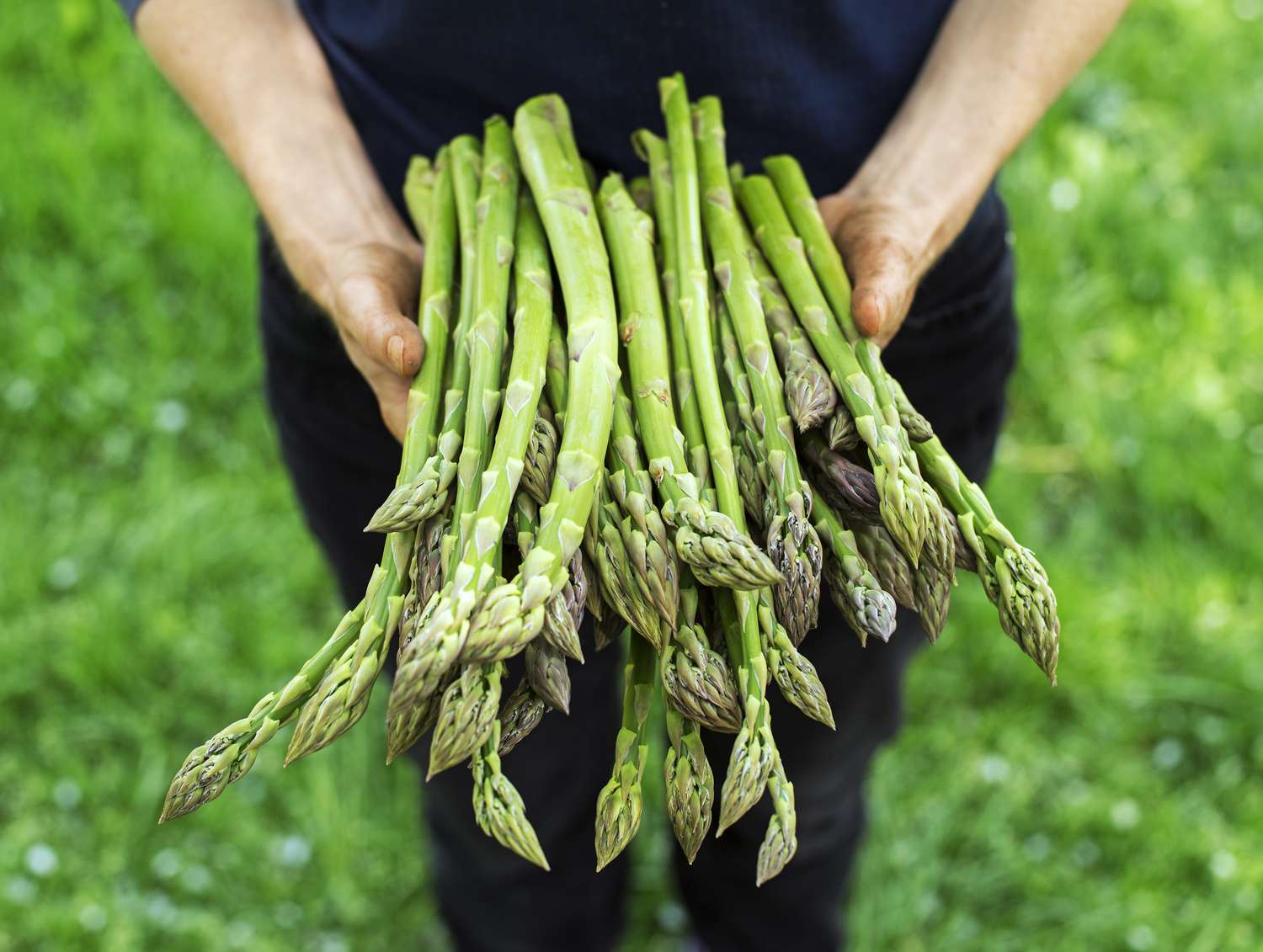
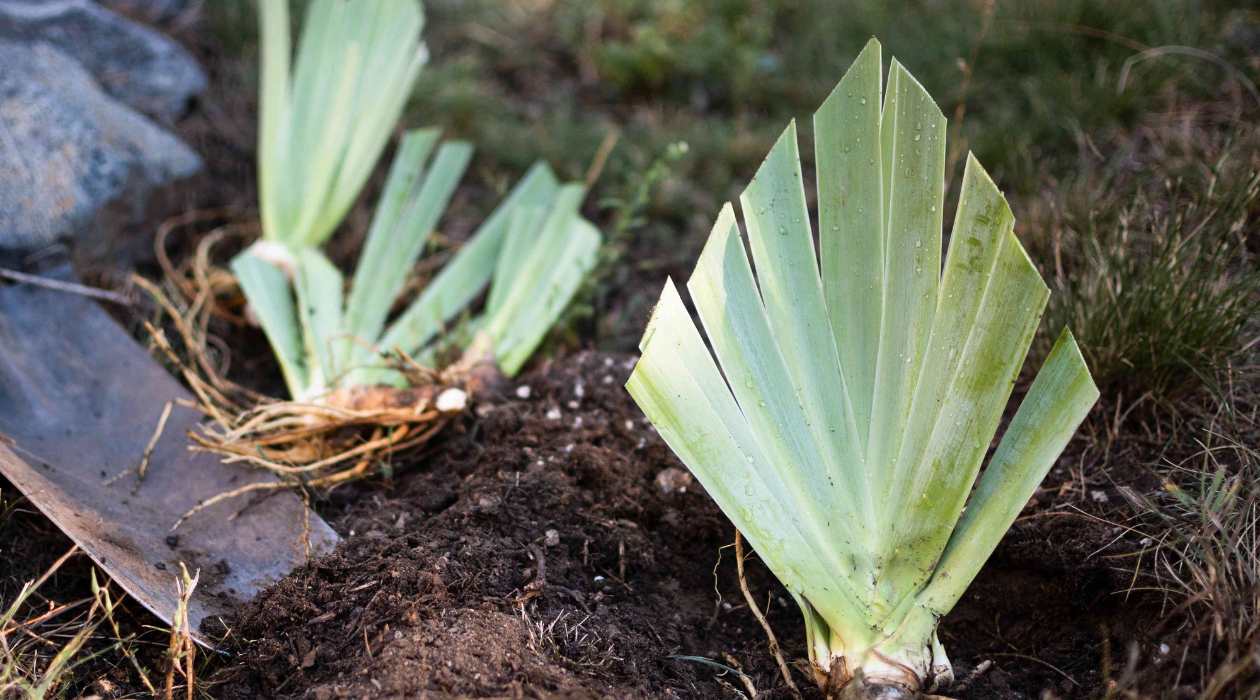


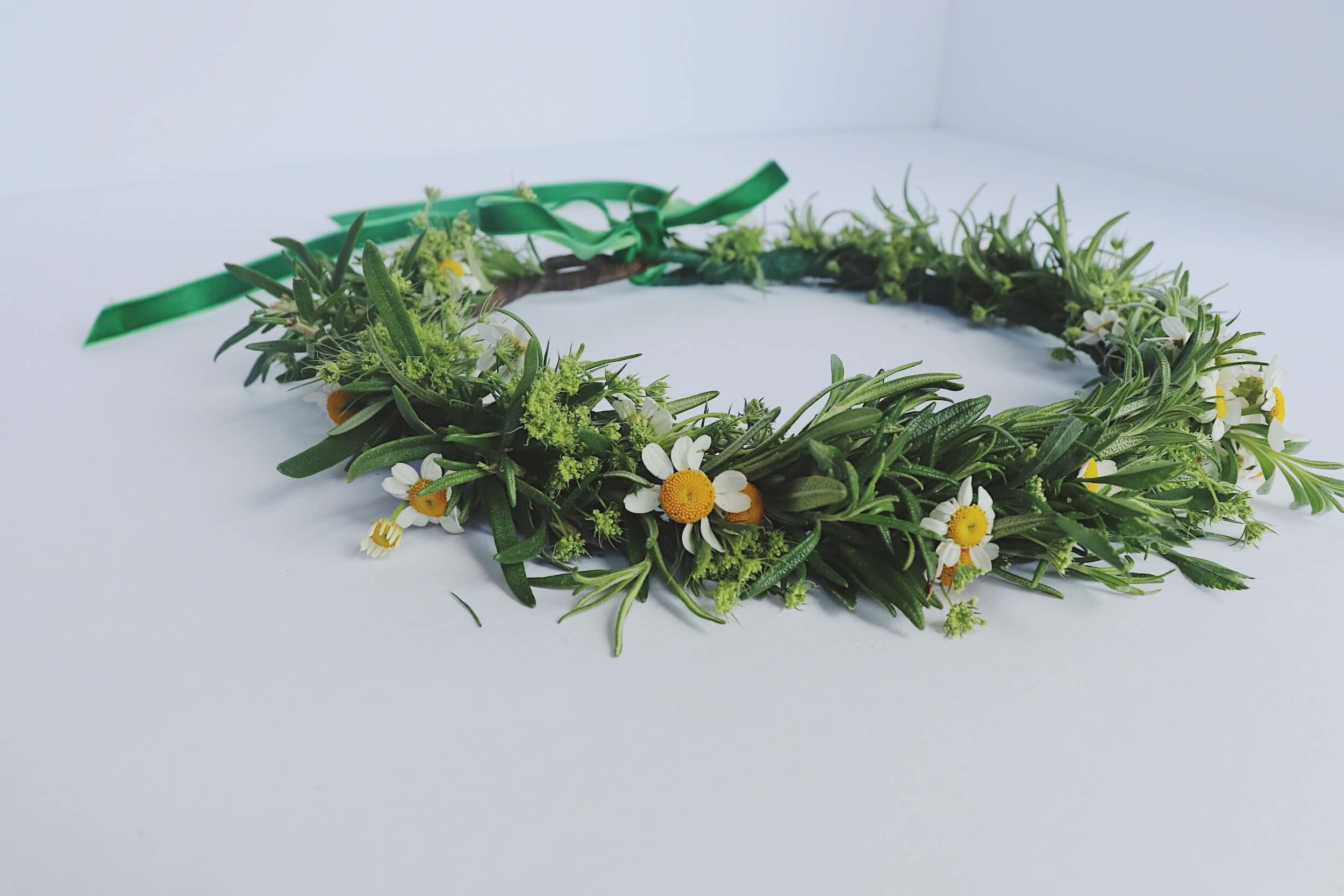
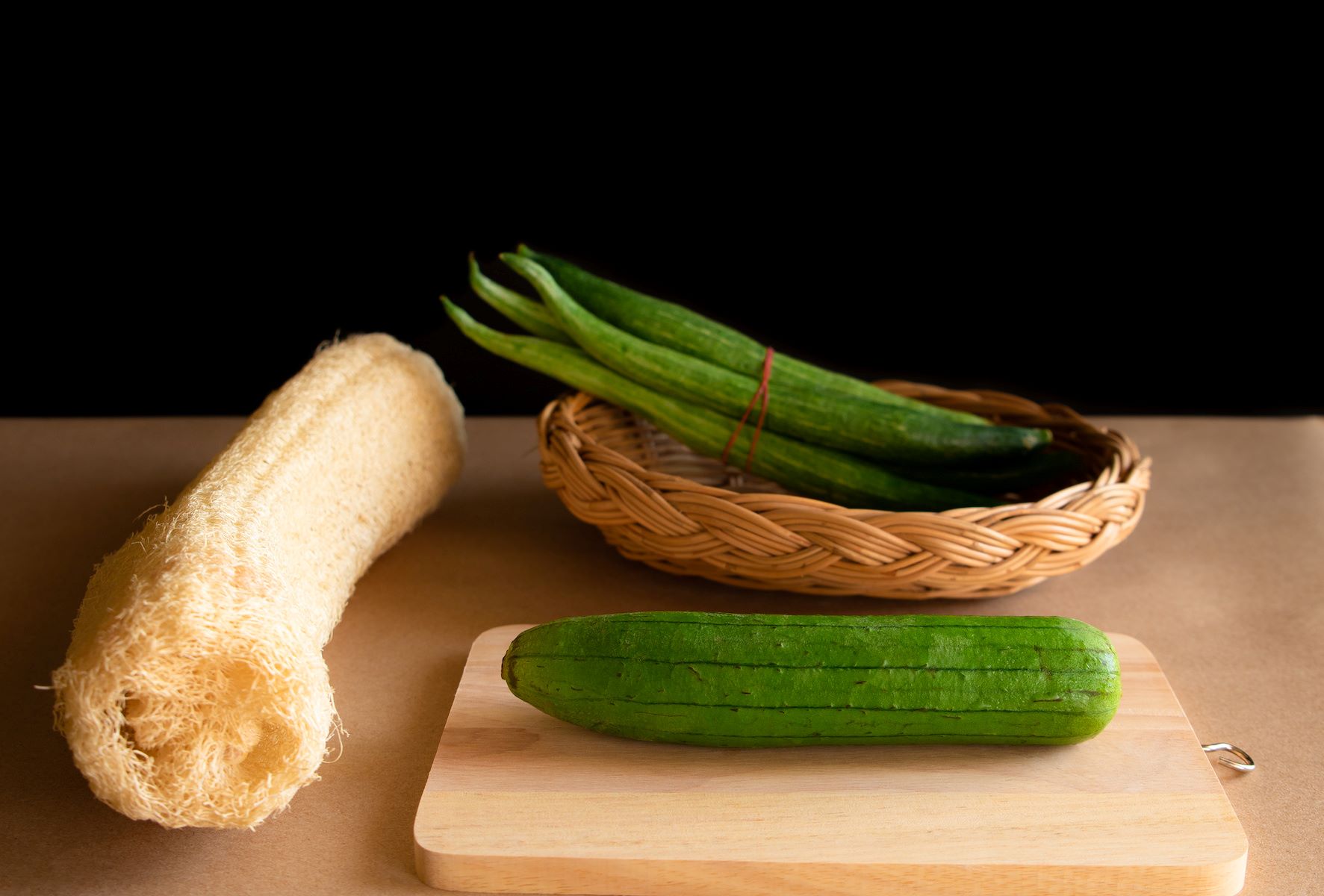


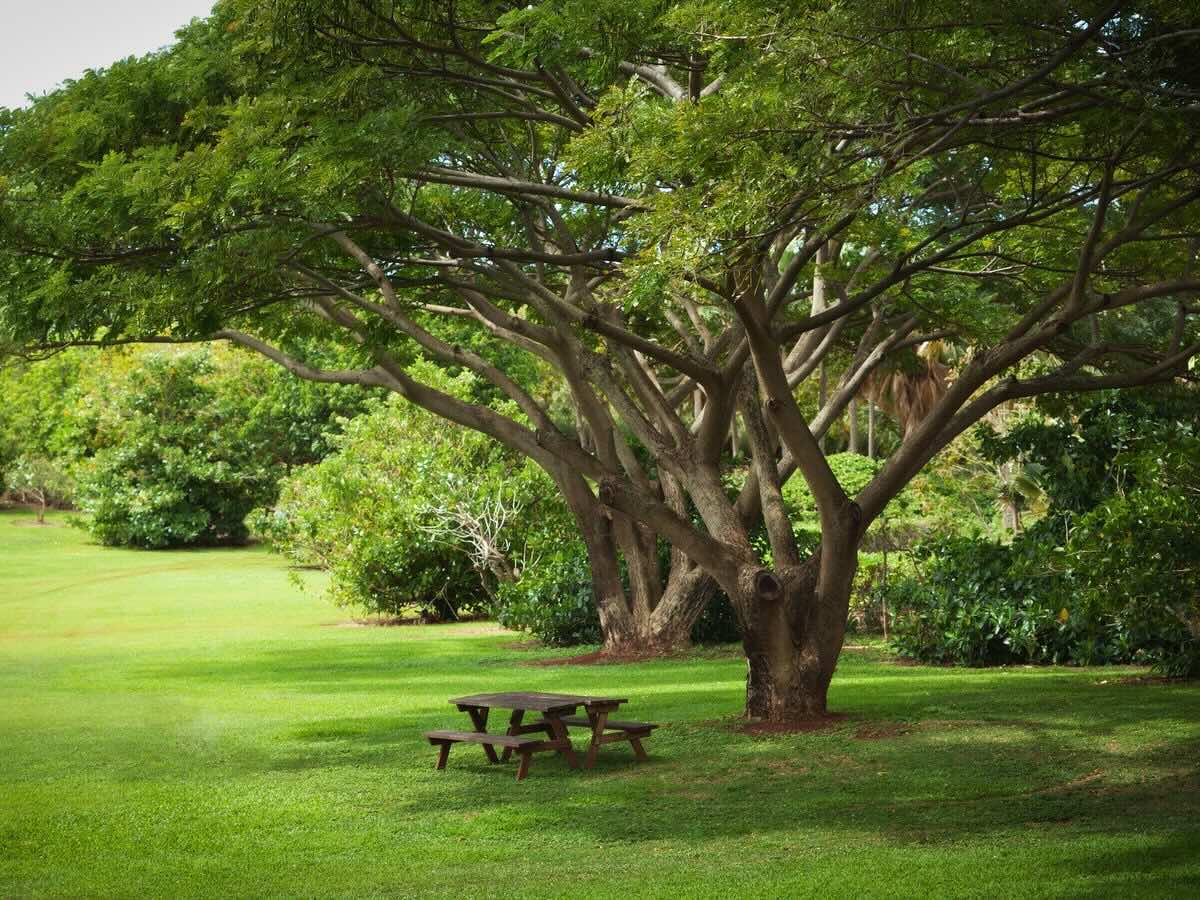

0 thoughts on “How Do You Make The Greenery Around Volcanos”